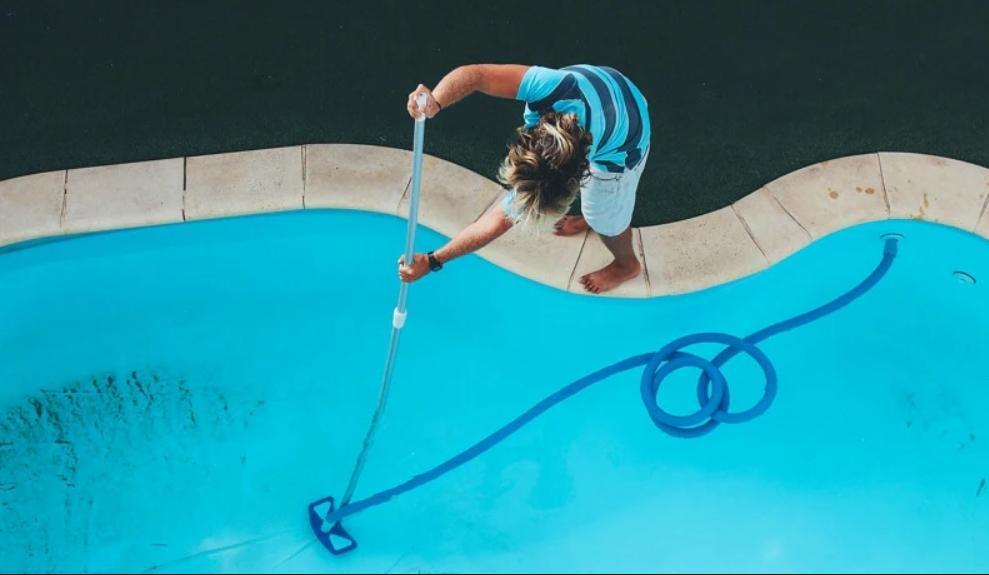When tackling rain gutter installation tools, having the right tools can make all the difference in ensuring a job well done. Essential tools such as a level, a saw, and a measuring tape guarantee precise fittings and a secure gutter system. With the proper equipment, installation can become a straightforward task, minimizing the chances of leaks or structural issues down the line.
Understanding the specific tools needed is crucial for both DIYers and professionals. Fasteners, connection pieces, and a strong ladder are also necessary for a comprehensive approach to setup. Each item plays a vital role in achieving an effective and durable gutter installation.
By preparing with the right tools, anyone can take control of their home maintenance projects. This article will explore the must-have tools for rain gutter installation, offering practical tips to support efficient and effective results.
Essential Tools for Rain Gutter Installation
Successful rain gutter installation requires specific tools designed for accurate measuring, effective cutting, and secure fastening. Each tool plays a crucial role in ensuring a durable and properly functioning gutter system.
Measuring and Layout Instruments
Proper measurement is essential for effective rain gutter installation. Key instruments include:
- Tape Measure: A durable tape measure (25 to 30 feet) allows for accurate distance measurements.
- Level: A level ensures that gutters are installed at the correct slope for proper drainage.
- Chalk Line: This tool helps mark straight lines on surfaces for accurate cuts and placement.
Using these instruments, it is possible to achieve the precise dimensions needed for each section of the gutter.
Cutting and Shaping Tools
Cutting tools are vital for customizing gutter sections to fit a home’s architecture. Essential equipment includes:
- Tin Snips: These heavy-duty scissors are used for cutting metal gutters and fittings.
- Miter Saw: A power miter saw allows for precise angled cuts, especially for corner fittings.
- Hacksaw: Ideal for cutting downspouts and other materials that might be too thick for tin snips.
Having the right cutting tools ensures seamless connections and effective water flow.
Fastening and Joining Equipment
To secure rain gutters, specific fastening equipment is necessary. Key tools include:
- Screws and Nails: Galvanized screws and nails resist rust, ensuring longevity in various weather conditions.
- Power Drill: A cordless power drill is crucial for quickly driving in screws during installation.
- Gutter Hangers: These brackets support gutters, providing the strength necessary to hold up against rain and debris.
Using the correct fastening tools not only reinforces the gutter system but also enhances its durability.
Safety Equipment and Best Practices
When installing rain gutters, safety equipment is essential. Workers should prioritize personal safety while using various tools and ladders.
Essential Safety Gear:
- Hard Hat: Protects against falling objects.
- Safety Glasses: Shields eyes from debris.
- Gloves: Provides grip and protects hands.
- Non-Slip Footwear: Reduces the risk of slips.
Before beginning work, it is crucial to inspect tools and equipment. Ensure ladders are stable and in good condition. Avoid placing ladders on uneven ground.
Best Practices:
- Use a Ladder Stabilizer: This helps secure the ladder on uneven surfaces.
- Have a Spotter: An additional person can assist and ensure safety while working.
- Work in Good Weather: Avoid installation during rain or high winds.
- Follow Manufacturer Instructions: Each gutter system may have specific installation requirements.
Taking routine breaks is vital. This helps maintain focus and reduces fatigue-related accidents.
In case of an emergency, workers should have a first aid kit readily available. Establish a communication plan to address sudden issues while on the job.
By adhering to these safety practices, the risks involved in rain gutter installation can be minimized effectively.





